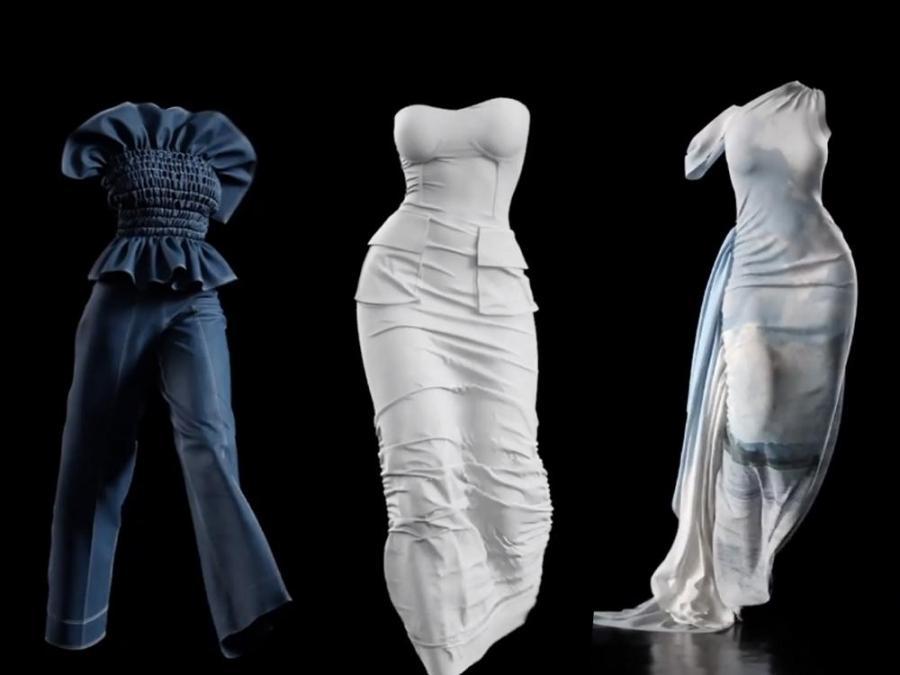politicalphishing.com – In the ever-evolving landscape of fashion, where trends come and go with the changing seasons, one element remains a constant force: the power of storytelling. Storytelling in fashion show production is not merely about presenting clothes; it’s about creating an immersive experience that captivates the audience, resonates with the brand’s ethos, and leaves a lasting impression. It’s about weaving a narrative that transforms a mere catwalk into a stage where dreams, emotions, and ideas come to life.
The Art of Narrative
At its core, fashion is a form of self-expression, a visual language that communicates without words. When combined with the art of storytelling, fashion shows transcend their primary function of showcasing garments to become a medium through which designers can share their vision, values, and creativity. The narrative chosen for a fashion show can be as varied as the designers themselves, ranging from personal anecdotes and cultural references to social commentary and futuristic fantasies.
Setting the Scene
The power of storytelling in fashion show production begins with setting the scene. From the choice of venue to the design of the set, every element contributes to the overall narrative. A designer might opt for a grand, historical setting to evoke a sense of timeless elegance, or a raw, industrial space to convey a message of modernity and innovation. Lighting, sound, and even scent can be manipulated to enhance the atmosphere and draw the audience deeper into the story.
Casting Characters
Just as important as the setting are the characters that populate the narrative—the models who bring the garments to life. Casting is a critical aspect of storytelling in fashion, as the models’ looks, personalities, and the way they move can significantly impact how the audience perceives the collection. Designers often select models who embody the spirit of their brand or the theme of the show, ensuring that every detail aligns with the overarching narrative.
The Role of Music and Movement
Music is the heartbeat of a fashion show, setting the pace and tone of the narrative. It can evoke nostalgia, excitement, or introspection, guiding the audience’s emotional journey through the collection. Choreography, too, plays a crucial role in storytelling, as the way models move on the runway can highlight the garments’ features and contribute to the story’s development.
Storytelling Through Design
The garments themselves are the most direct form of storytelling in fashion. Designers use color, texture, silhouette, and detail to communicate their narrative, often drawing inspiration from a wide range of sources. Whether it’s the opulence of the Renaissance, the rebellion of punk, or the optimism of the future, the clothes tell a story that the audience can interpret and connect with on a personal level.
The Impact of Storytelling
The power of storytelling in fashion show production extends beyond the immediate experience of the audience. A compelling narrative can elevate a fashion show from a mere presentation to a cultural event, generating buzz and media coverage that can significantly boost a brand’s profile. Moreover, storytelling creates a deeper connection between the brand and its customers, fostering loyalty and a sense of community among those who resonate with the brand’s message.
Conclusion
In the world of fashion, where the visual is paramount, storytelling adds depth and meaning. It transforms a fashion show from a simple display of clothes into a multifaceted experience that engages the senses, stirs the emotions, and leaves a lasting impact. As fashion continues to evolve, the art of storytelling remains a powerful tool for designers to express their creativity, connect with their audience, and leave a mark on the industry.
